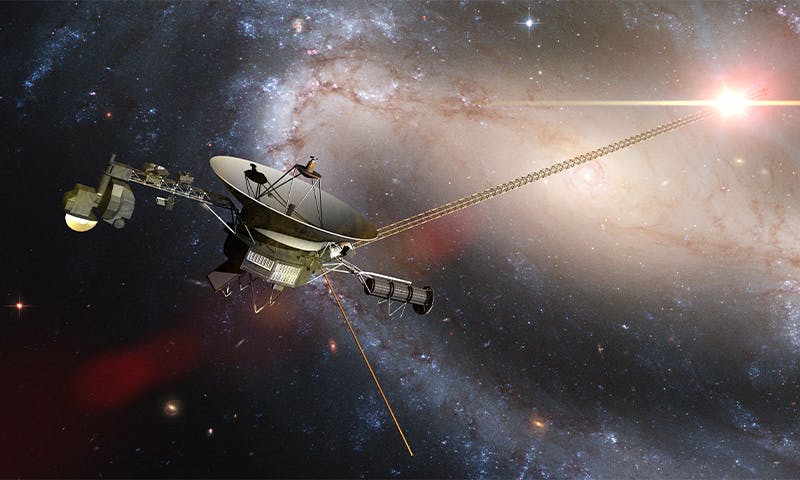
Hypothalamic deep brain stimulation augments walking after spinal cord injury
A spinal cord injury (SCI) disrupts the neuronal projections from the brain to the region of the spinal cord that produces walking, leading to various degrees of paralysis. Here, we aimed to identify brain regions that steer the recovery of walking after incomplete SCI and that could be targeted to augment this recovery. To uncover these regions, we constructed a space–time brain-wide atlas of transcriptionally active and spinal cord-projecting neurons underlying the recovery of walking after incomplete SCI. Unexpectedly, interrogation of this atlas nominated the lateral hypothalamus (LH). We demonstrate that glutamatergic neurons located in the LH (LHVglut2) contribute to the recovery of walking after incomplete SCI and that augmenting their activity improves walking. We translated this discovery into a deep brain stimulation therapy of the LH (DBSLH) that immediately augmented walking in mice and rats with SCI and durably increased recovery through the reorganization of residual lumbar-terminating projections from brainstem neurons. A pilot clinical study showed that DBSLH immediately improved walking in two participants with incomplete SCI and, in conjunction with rehabilitation, mediated functional recovery that persisted when DBSLH was turned off. There were no serious adverse events related to DBSLH. These results highlight the potential of targeting specific brain regions to maximize the engagement of spinal cord-projecting neurons in the recovery of neurological functions after SCI. Further trials must establish the safety and efficacy profile of DBSLH, including potential changes in body weight, psychological status, hormonal profiles and autonomic functions.
Data underpinning this publication have been deposited in Zenodo at https://doi.org/10.5281/zenodo.10628681 (ref. 92) and are publicly available under a Creative Commons Attribution 4.0 International license.






















